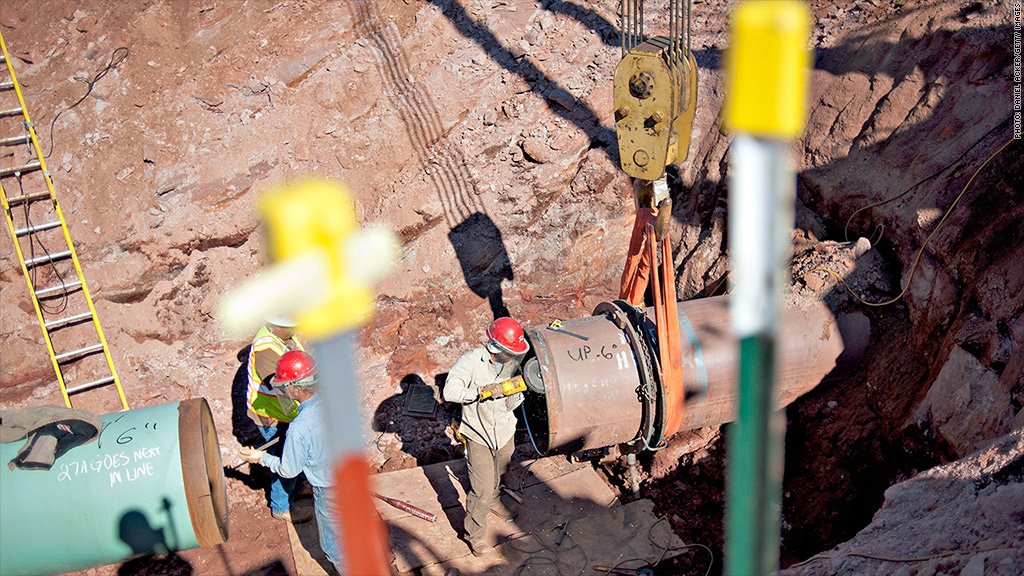
It’s a positive outcome for OPEC.
The oil cartel released data on Monday showing that its members have mostly complied with a production cut agreement, resulting in a remarkable turnaround for the organization
OPEC had to come up with a plan to increase prices after they plummeted to $26 per barrel in February 2016. This decline, the lowest since 2003, was caused by oversupply, weakened demand from China, and the lifting of Iran’s nuclear sanctions.
Since then, the market has witnessed a striking recovery, with crude prices doubling and currently trading at $53.50 per barrel.
How major oil producers collaborated to boost prices:
OPEC deal
OPEC reached an agreement in November to cut major production levels in an effort to combat the global oil oversupply and bolster prices. The immediate news of the deal caused prices to surge by 9%. Investors responded positively when several non-OPEC producers, including Russia, Mexico, and Kazakhstan, joined the effort to limit supply. Most importantly, the agreement has held up. According to the OPEC report released on Monday, its members have largely fulfilled their commitments to reduce production. The International Energy Agency (IEA) estimated that OPEC’s compliance in January was at 90%. UAE Energy Minister Suhail Al Mazrouei stated that the results were even better than expected. The agreed cuts amount to 1.8 million barrels per day and are set to last for six months.
Investors confidence boosts prices
The OPEC agreement, which took months to negotiate, has received significant support from investors. According to OPEC, the number of hedge funds and institutional investors betting on higher prices reached a record in January. This widespread optimism has contributed to the rise in prices.
Increasing demand
Recent data from OPEC and the IEA indicates that global oil demand exceeded expectations in 2016 due to stronger economic growth, increased vehicle sales, and unusually cold weather in the final quarter of the year. Demand is projected to further increase in 2017, reaching an average of 95.8 million barrels per day compared to 94.6 million barrels per day in 2016. The IEA predicts that if OPEC adheres to the agreement, the global oil glut that has plagued the market for the past three years will finally vanish in 2017.
What’s next?
Despite this extraordinary growth, analysts warn that prices may not soar much higher. The reason being that higher oil prices are likely to entice American shale producers back into the market. According to data from Baker Hughes, the total number of active oil rigs in the U.S. reached 591, which is 152 more than a year ago. In January, U.S. crude stockpiles surged to nearly 200 million barrels above their five-year average due to the strong supply response from shale producers, who were not part of the OPEC agreement and took advantage of the resulting price rally to increase output. Fiona Cincotta, an analyst at City Index, stated that this significant increase in inventories could put pressure on OPEC once again.
CNNMoney (London)
First published February 13, 2017: 9:13 AM ET












